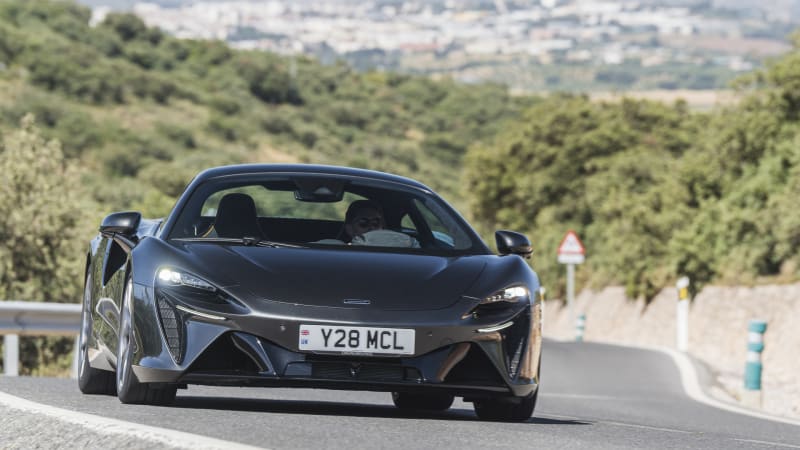After ruling that motorists will not be allowed to buy new petrol or diesel cars after 2035, European Union regulators have passed a law that makes anti-speed technology and a so-called black box mandatory for all new cars. The controversial features are a requirement in every car introduced after July 6, 2022, and they will become mandatory in all new cars regardless of launch date from July 2024.
The anti-speeding technology is called Intelligent Speed Assistance (ISA) in government language. European regulators explain that the system calculates the posted speed limit by analyzing either data from the navigation system or data sent by the traffic sign recognition technology. If it detects that the driver is speeding, it can perform one of four actions: send a visual or audible warning (such as a warning message in the instrument panel or an audible signal), emit a series of vibrations (probably through the steering wheel), give haptic feedback via the accelerator pedal or automatically decelerate the car to the specified limit. Car manufacturers are free to choose how the system they use responds.
Regulators emphasize that for now, the driver can override the ISA (even the type that slows the car) by simply pressing the accelerator pedal. However, there is no word on what the system considers too fast. Are we talking 55mph in a 50mph zone or 95mph on the highway? Likewise, officials have not explained how they will ensure that the speed limit information passed to the ISA is accurate.
Personally, I drive through a tunnel when I go to the airport. The speed limit is 130 km/h (approximately 80 mph, which is normal on French motorways), but the tunnel passes under a road limited to 70 km/h (approximately 45 mph). Every time I’m in it, a “woah there, slow down” message appears in the instrument panel. This is not an isolated case and it is a problem that needs to be solved sooner rather than later.
As for the black box also mandated by European officials, it is a device that records and stores data such as the car’s speed, engine speed, brake and accelerator inputs, the force of the impact and whether the occupants are wearing a seat belt. 30 seconds before and 10 seconds after an accident. Regulators emphasize that this information will only be available to law enforcement officers in the event of an accident and to the various government agencies responsible for collecting data on traffic accidents.
Related video:
